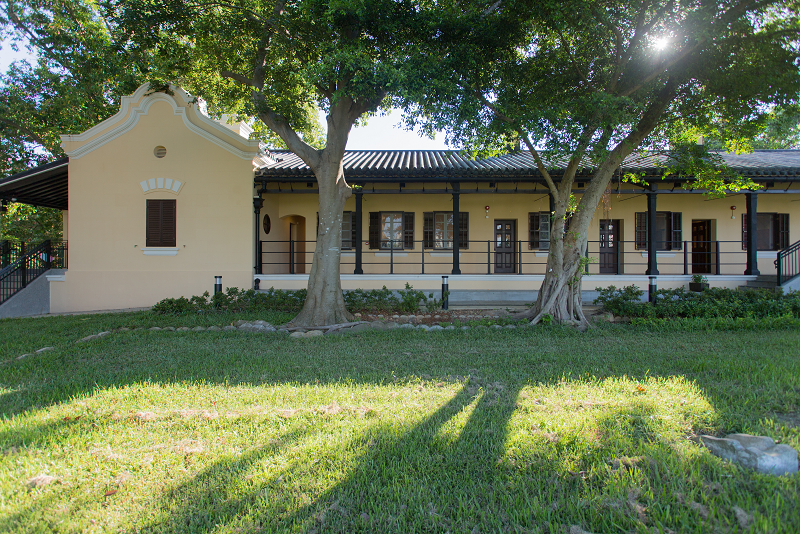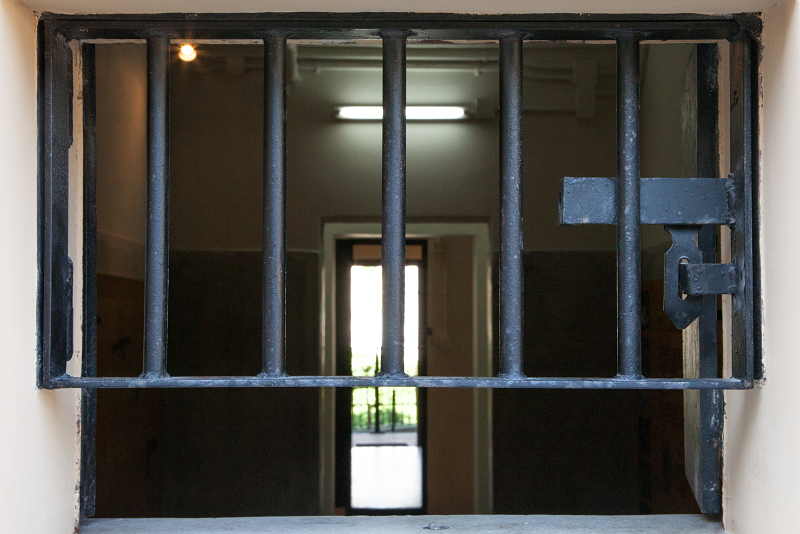Historical Significant

The Old Tai Po Police Station is located at the site where the British flag-raising ceremony took place, marking the official take-over of the New Territories by Britain. Being the first permanent Police Station built by the colonial government in the New Territories soon after the takeover, it represented the establishment of the British sovereignty in this newly leased territory in 1899.
Built on a knoll at Tai Po, a strategic location considered as the most central position of the territory, it immediately served as the Police Headquarters of the New Territories. Its founding and the later addition of other Government buildings nearby reflected that Tai Po was the headquarters of the administration of the New Territories in the early colonial era.
Located originally along the shoreline overlooking the Tai Po Sea in the late 19th century, its current context of being well inland reminds us of the large-scale reclamation work that was carried out in the 1970s, as Tai Po became a New Town.
The Old Tai Po Police Station demonstrates a typical setting and layout of a colonial Police Station, where a charge room, cells, armoury, living quarters, and parade ground can be observed. Typical architectural features of the colonial period are still found here, such as the adoption of verandahs, louvre windows for cooling and the choice of local construction methods, for instance the Chinese-styled timber roof structure with pan and roll tiles. The station's buildings were built with a utilitarian approach, reflecting the humble nature of the compound as a Police Station.
Conservation Principles

The revitalisation process of the Old Tai Po Police Station adopted the following guiding conservation principles in developing the appropriate treatments, including low-level intervention when dealing with character-defining elements and other historic building features. During planning and renovation we made reference to international charters and other relevant conservation standards.
Conserve heritage value
-
We have respected the building's changes over time and its various uses that represent particular periods. Thus, rather than returning to the state when the buildings were first erected, we have only removed, and/or replaced the additions that substantially altered the overall intactness of the buildings, were of no significance, were intrusive, and devalued the character-defining elements.
-
We have restored any deformed, collapsed, or misplaced components.
Retain authenticity and integrity
-
We have respected the original character or architectural style of the building fabric and retained its traditional building materials or construction system as much as possible.
-
We have recognized each historic place as a physical record of its time, place and use.
-
We have not created a false sense of historical development by adding elements from other historic places or by combining features of the same property that never co-existed.
Minimum intervention
-
We have kept any treatment or intervention to building fabric to the minimum and respected the heritage value when undertaking an intervention.
-
We have used the gentlest means possible for any intervention.
-
We have made any intervention physically and visually compatible and identifiable upon close inspection, and documented any intervention for future reference.
Repair rather than replace
-
We have repaired rather than replaced the character-defining elements.
-
Only when such elements were too severely deteriorated to repair, and with sufficient physical evidence, did we replace them with new elements that match the forms, materials and detailing of the same elements.
-
Where there was not sufficient evidence, we made the form, material and detailing of the new elements compatible with the character of the historic place.
Reversibility
-
We have made any intervention or adaptation to the building fabric reversible, without causing any damage to the existing structure should such intervention need to be removed in future.
-
Any new additions are reversible and do not affect the essential form and integrity of the historic place; the building fabric would not be impaired if the new work is to be removed in the future.
Integrating old and new
When adding new construction to heritage buildings, the proposed new works and developments are sympathetic to the heritage place in terms of its compatible proportion, form, design and materials. We have made the new works physically and visually compatible with and distinguishable from the original fabric of the historic place.
Heritage Education
Green Hub aims to conserve both the historic buildings and the ecology of the heritage site. The focus of the Green Hub Heritage Tour is therefore placed on the education for sustainability, through a comprehensive understanding of the historical, architectural and ecological aspects of the Green Hub project. Activities and programmes are designed to facilitate the community to understand and tackle the most pressing ecological and social concerns. Click here to learn more about the Green Hub Heritage Display and Heritage Trail.


